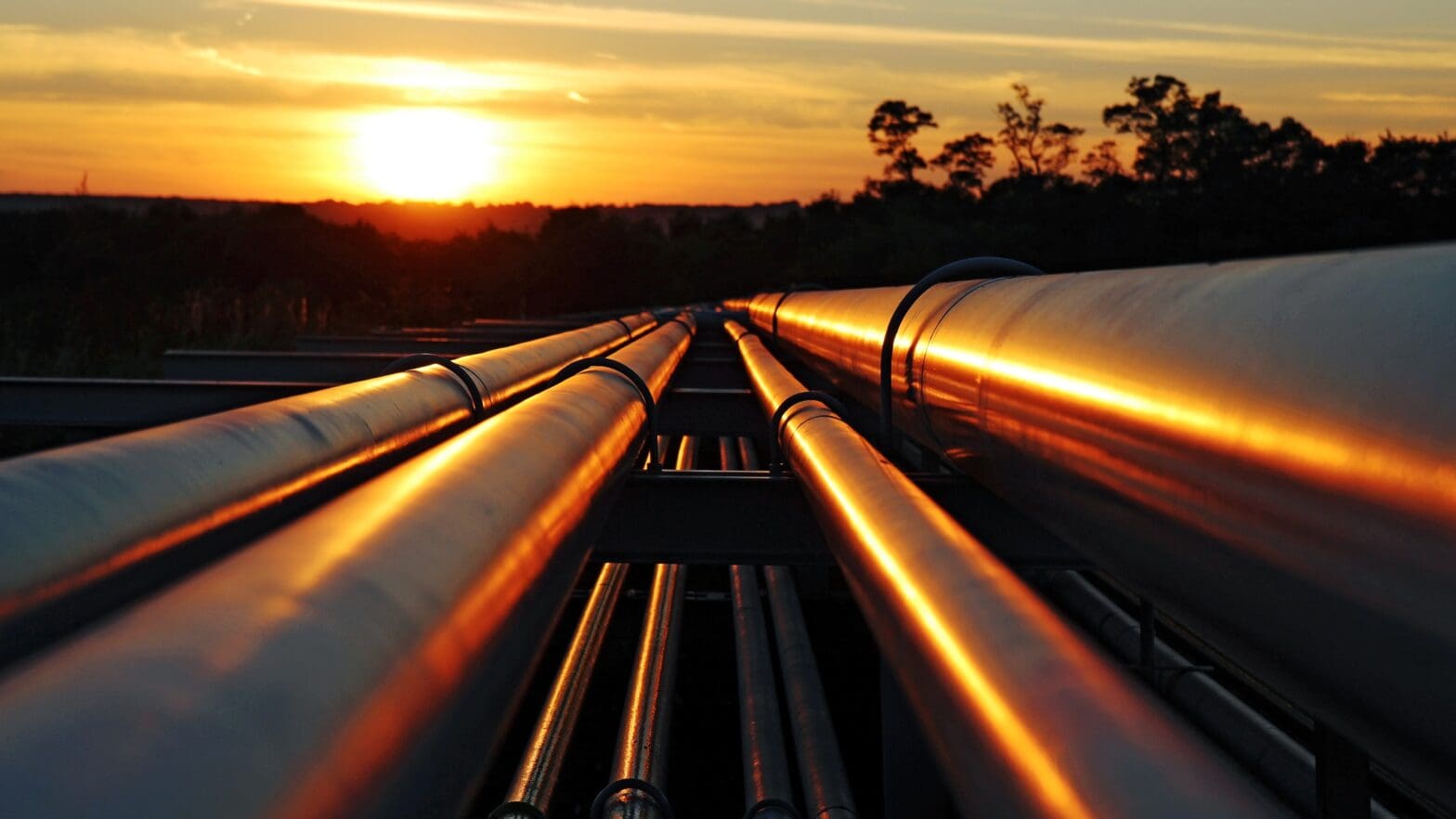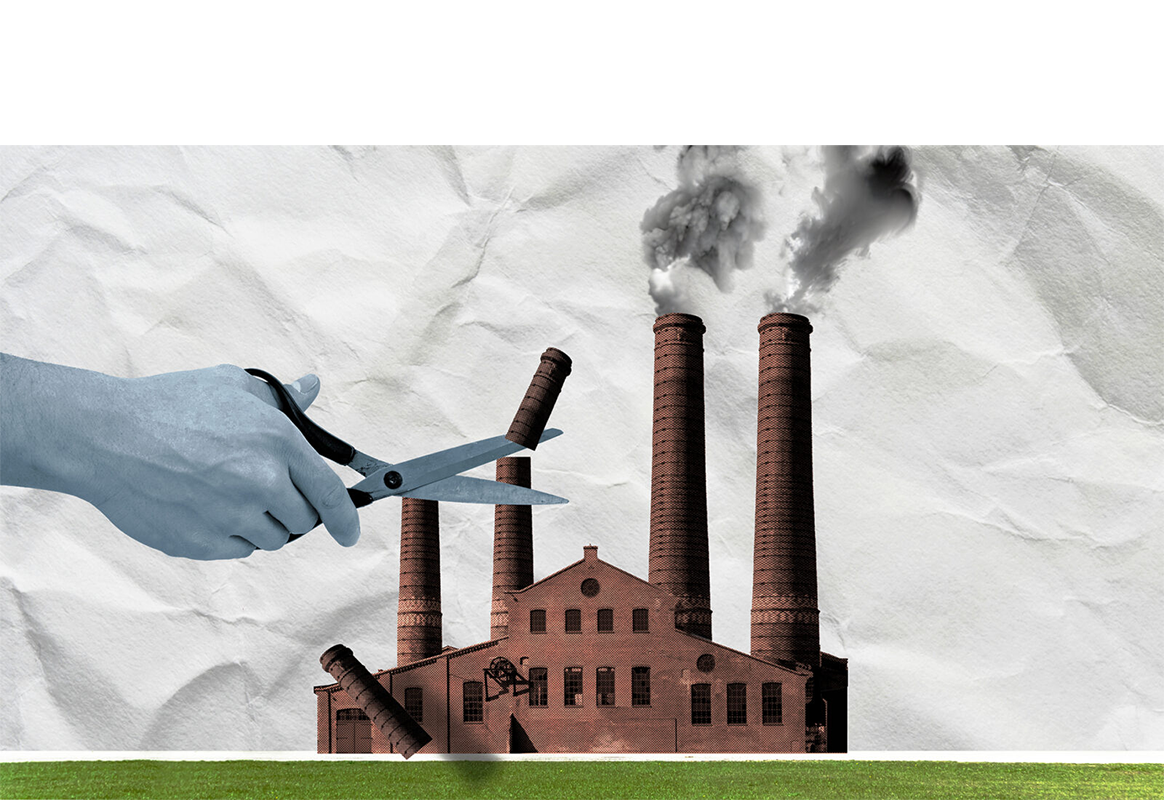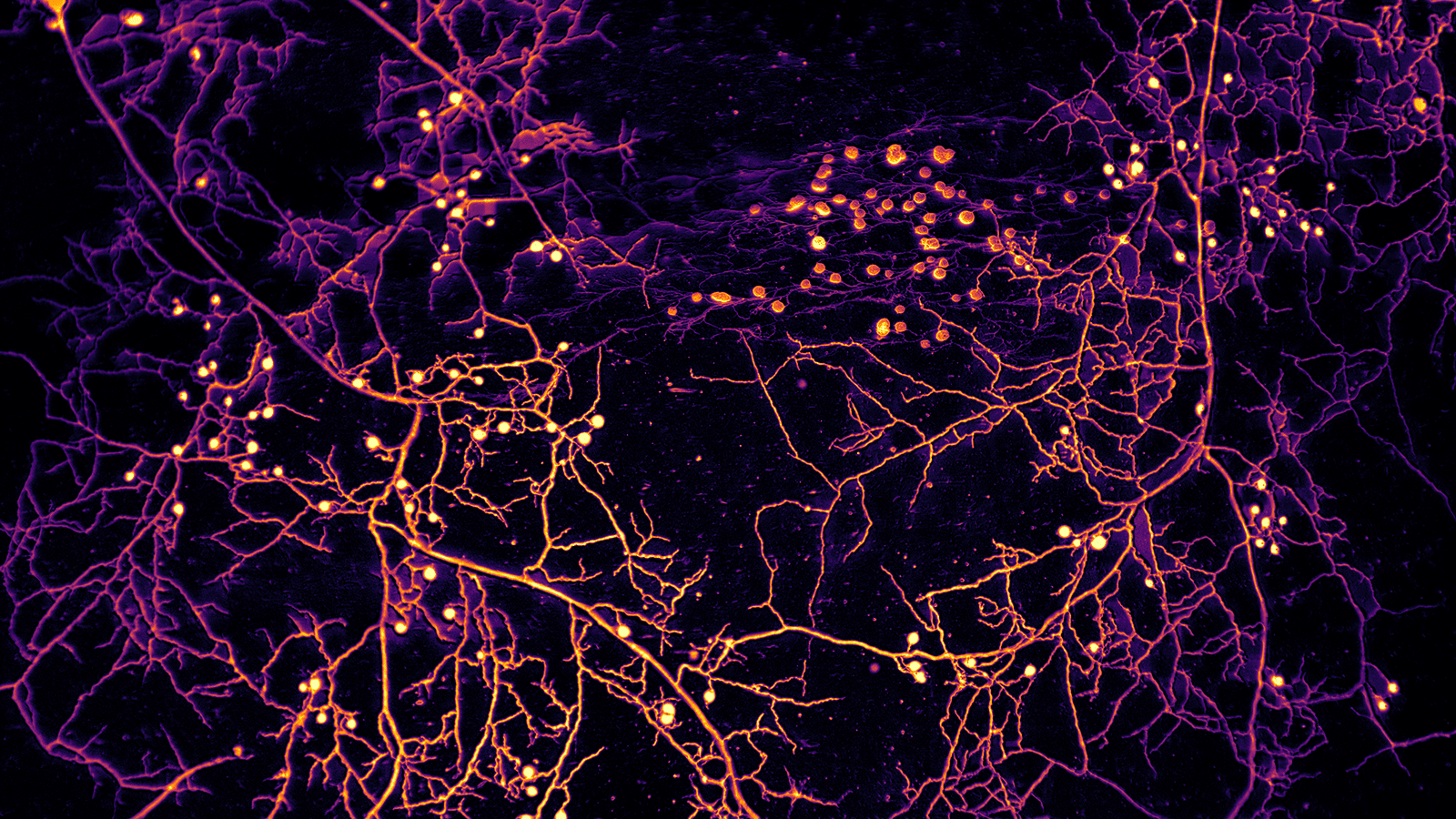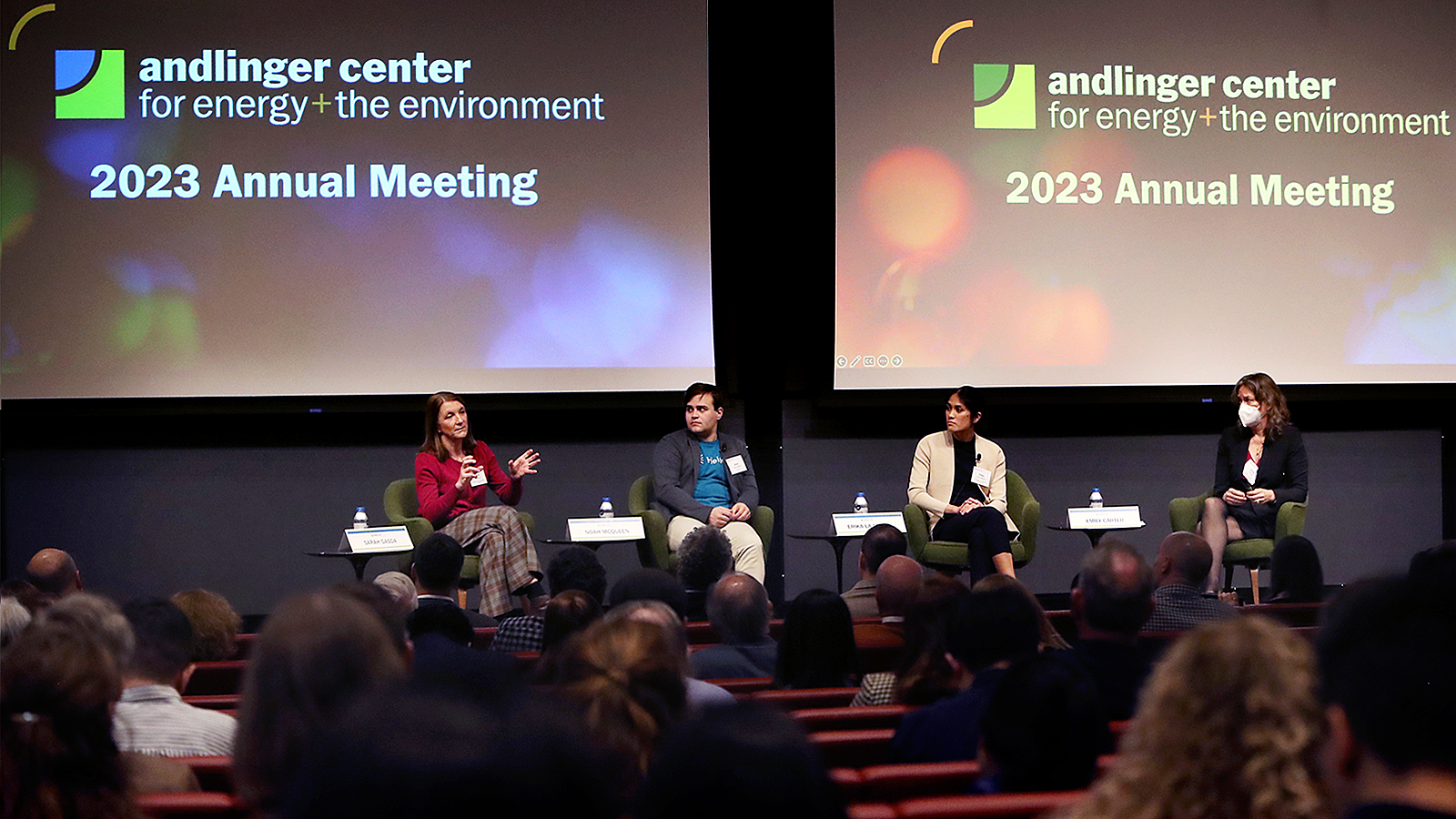
Shared carbon capture networks would cut costs, reduce disruptions to local communities
By
on
The research team modeled optimal carbon capture, transport, and storage network designs in the state, highlighting the advantages of shared infrastructure over single-user pipeline approaches. They also demonstrated how CO2 transportation and storage networks could be designed to avoid historically overburdened and underserved communities. The team published their findings on August 6 in Environmental Science & Technology.
Technologies for capturing and storing industrial CO2 emissions have been around for decades. Still, only a handful of industrial carbon capture facilities around the world are currently in operation. In most situations, the costs to install such facilities are greater than the value they provide.
“The challenge with carbon capture and storage is who should pay the added costs,” said co-author Eric Larson, senior research engineer at the Andlinger Center for Energy and the Environment and leader of the Energy Systems Analysis Group. “It’s a question of economics rather than technical feasibility.”
At the few existing operations, the industrial facility has installed its own carbon capture system and independently arranged for a dedicated pipeline to transport the captured CO2 to a site for injection into a dedicated belowground storage formation.
Sharing transportation and storage infrastructure is an opportunity to lower costs for individual facilities. It is also a way to reduce the impact on local communities and ecosystems by minimizing the installation of new underground pipelines required for CO2 transport and lowering the number of sites required for underground storage.
The researchers also identified shared infrastructure as an opportunity to address equity considerations associated with the energy transition. Compared to optimal statewide pipeline networks designed without constraints, network designs constrained to avoid historically disadvantaged communities resulted in an 82% reduction in pipelines running through those communities while only increasing total pipeline network size by 3% — an over 72% reduction in pipeline buildout in comparison to each facility building its own dedicated pipeline.
“It’s entirely feasible to design pipeline networks to minimize the burden on communities that have borne many of the negative health and environmental impacts associated with living near CO2-emitting industrial facilities,” said first author Tubagus Aryandi (Arya) Gunawan, a postdoctoral researcher at the Andlinger Center for Energy and the Environment.
While sharing carbon transport and storage infrastructure is far from standard practice, Larson said recent federal investments to create clean energy hubs — clusters of nearby industrial facilities and clean energy infrastructure — could increase the prospects for coordinating infrastructure across facilities. For instance, many of the regional clean hydrogen hubs selected for federal support through the Infrastructure Investment and Jobs Act of 2021 plan to produce significant quantities of hydrogen via natural gas reformation with associated carbon capture.
At the same time, the Inflation Reduction Act of 2022 provides a tax credit for carbon capture (45Q) of up to $85 per metric ton of sequestered CO2.
“The federal government is encouraging more cooperation between industries through the idea of creating hubs, and we also see it investing in carbon capture as a technology,” said Larson. “There is significant potential for synergy between the federal incentives and cost savings from sharing infrastructure.”
Even with new incentives and shared infrastructure, the researchers said economic considerations will remain a concern for many facilities. To further drive down costs, they pointed to additional research they published in January in Applied Energy that proposes it could be worthwhile to think about sharing not just transportation and storage infrastructure but also carbon capture plants between multiple nearby industrial facilities. In that work, the team found that the costs of capturing CO2 dominate over the costs of transportation and storage, suggesting that shared capture infrastructure, while posing its own logistical challenges, could have an outsized impact in improving the economics of new projects.
The researchers also pointed to other benefits of carbon capture systems and shared pipeline networks that they did not quantify in their models, such as improved local air quality and associated health benefits for nearby communities, that are additional ways carbon capture systems can provide value beyond economics.
And while the research team cautioned that their results reflect the unique geospatial characteristics of Louisiana, they explained that their underlying methodology could be applied to any region of interest.
“We chose Louisiana because it has a high concentration of existing industry and some of the best geology for underground carbon storage, so we thought it might be a first mover when it comes to installing carbon capture systems at a large scale,” said Gunawan. “But our fundamental approach is widely generalizable.”
The paper, “Design Insights for Industrial CO2 Capture, Transport, and Storage Systems,” was published August 6, 2024, in Environmental Science & Technology. In addition to Larson and Gunawan, co-authors include Lilianna Gittoes and Cecelia Isaac of Princeton University. The research received support from Deloitte, Weyerhaeuser, ExxonMobil, the Andlinger Center for Energy and the Environment, and the Carbon Mitigation Initiative at the High Meadows Environmental Institute. The project was initiated prior to Princeton University’s dissociation from segments of the fossil fuel industry.
The earlier paper, “Shared CO2 capture, transport, and storage for decarbonizing industrial clusters,” was published January 31, 2024, in Applied Energy. In addition to Larson and Gunawan, authors include Hongxi Luo and Chris Greig of Princeton University. The work was supported by Deloitte, Weyerhaeuser, BP, ExxonMobil, and the Andlinger Center for Energy and the Environment. The project was initiated prior to Princeton University’s dissociation from segments of the fossil fuel industry.





